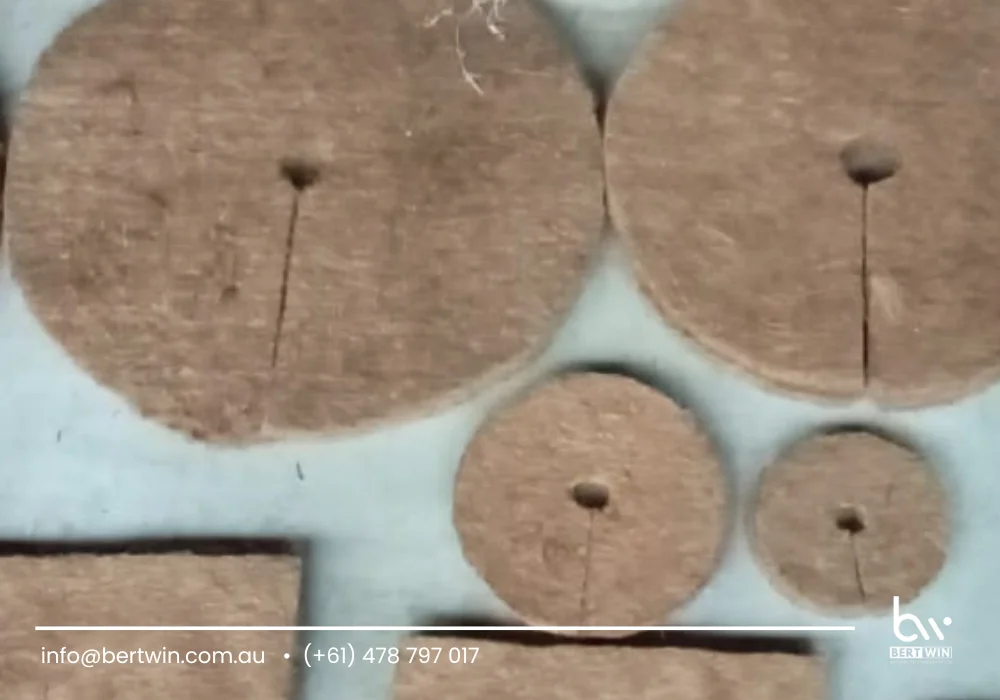Coco mulch uses are gaining popularity among gardeners, landscapers, and farmers looking for sustainable and effective ways to manage soil health. Derived from the husk of the coconut, coco mulch—also known as coir mulch—is an organic material that serves multiple purposes in gardening and agriculture. In the first paragraph itself, it is important to understand the significance of coco mulch uses, as this natural by-product offers a wide array of benefits for various planting needs.

This article will explore the composition of coco mulch, its various applications, and the reasons why it has become a preferred choice for eco-conscious growers around the world.
What is Coco Mulch?
Coco mulch is made from the fibrous outer shell of coconuts, a waste product of the coconut industry that has been repurposed into a valuable gardening material. It is typically processed into mats, chips, blocks, or loose fibers and is available in multiple forms depending on its intended use.
Because it is organic and biodegradable, coco mulch improves soil conditions while having a minimal environmental footprint. It contains no harmful chemicals and is safe to use around vegetables, ornamental plants, trees, and even in pet-friendly landscapes.
How Coco Mulch is Made
The manufacturing process begins by extracting the coarse fibers from coconut husks. These are then washed, dried, and processed into mulch-ready formats. As a renewable and natural material, coco mulch helps reduce reliance on synthetic products and supports sustainable agricultural practices.
Common Coco Mulch Uses
Understanding the different coco mulch uses can help gardeners and agricultural professionals maximize its potential. Here are the most common and effective ways to use coco mulch:
1. Moisture Retention in Garden Beds
One of the primary coco mulch uses is to maintain soil moisture. Coco mulch can hold up to 10 times its weight in water, which helps to reduce the need for frequent watering. This makes it an ideal choice for dry or drought-prone regions, as well as for plants that require consistently moist soil conditions.
2. Weed Suppression
When spread evenly around plants, coco mulch forms a protective layer that blocks sunlight from reaching weed seeds. This effectively suppresses weed growth, reducing the need for chemical herbicides or manual weeding. It’s a natural solution to a common garden problem.
3. Soil Temperature Regulation
Coco mulch acts as a thermal blanket for the soil. It keeps roots cooler in the summer and warmer during cooler months. This insulation effect reduces temperature shock, making it easier for plants to adapt and grow year-round.
4. Aesthetic Landscaping
Beyond its functional benefits, coco mulch offers an attractive, uniform appearance that enhances the visual appeal of gardens, flower beds, and landscape borders. Its dark brown color gives a neat and natural finish that blends well with most garden themes.
5. Erosion Control
Coco mulch is used extensively on slopes, embankments, and other erosion-prone areas. It stabilizes the soil, reduces runoff, and helps plant roots establish themselves. In large-scale applications, coco mats are laid down to prevent landslides and soil loss in heavy rain.
6. Container Gardening and Potted Plants
Another popular entry among coco mulch uses is in container gardening. A thin layer of coir mulch on top of potting soil reduces evaporation and keeps the soil moist longer. It also helps prevent soil compaction and maintains better airflow for roots.
Benefits of Using Coco Mulch

The wide range of coco mulch uses stems from its many advantages over traditional mulching materials:
- Environmentally Friendly: Made from renewable resources and fully biodegradable.
- Safe for All Plants: Neutral pH and free from harmful substances.
- Long-Lasting: Slower decomposition compared to straw or bark mulch.
- Easy to Handle: Lightweight and simple to apply.
- Naturally Pest-Resistant: Less likely to harbor harmful insects or fungi.
How to Apply Coco Mulch Effectively
To get the most out of your coco mulch, apply a 2–5 cm layer evenly around the base of your plants. Avoid piling mulch directly against stems or trunks, as this can cause rot. For new beds or landscaping projects, coco mulch can be combined with compost or organic fertilizer to enhance soil nutrients.
In areas with strong wind or heavy rain, using coco mats or coir mesh can help keep the mulch in place while still offering all the benefits of moisture retention and erosion control.
Conclusion
The numerous coco mulch uses make it an invaluable resource for gardeners, landscapers, and farmers seeking an environmentally responsible solution for soil care and plant health. From weed control to moisture management and visual appeal, coco mulch delivers consistent and reliable results. As more people embrace sustainable gardening methods, coco mulch stands out as a practical, natural, and earth-friendly option.
For further information, you may contact WhatsApp at (+61) 478797017 or via email at info@bertwin.com.au.
